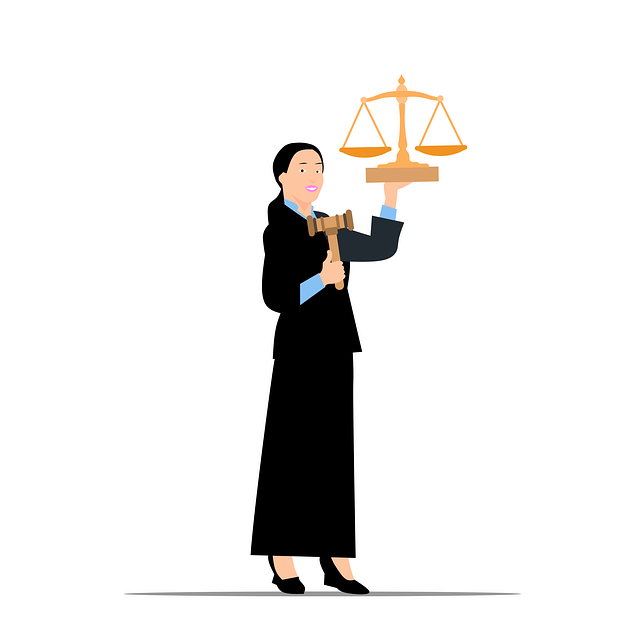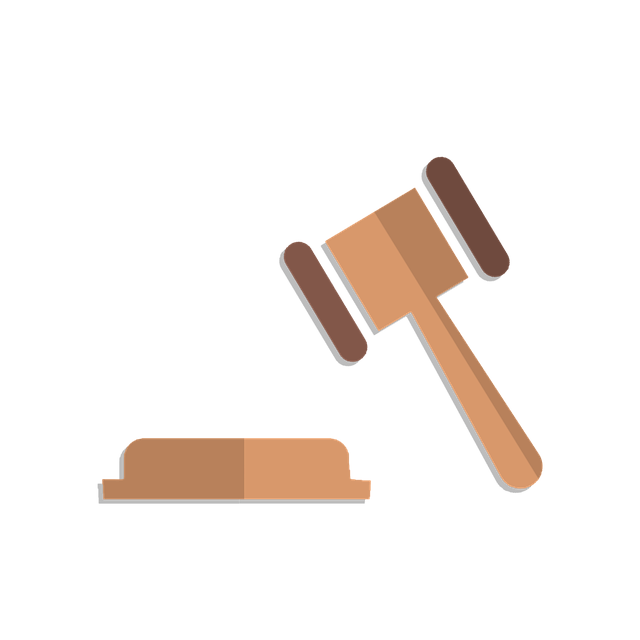Understanding your product's scope is vital for strengthening a product liability claim. This involves examining design, manufacturing, intended use, and potential risks to define clear liability boundaries. Gather comprehensive evidence including photographs, witness statements, and legal documents. Organize this evidence to demonstrate thorough investigation, especially in complex cases like caregiver abuse or homeowner insurance claims. Craft a compelling narrative connecting product failure to harm using medical records, expert opinions, and product specifications to prove causation, increasing the likelihood of a positive outcome.
Looking to strengthen your product liability claim swiftly? This guide navigates the crucial steps to expedite the process. First, understand your product’s scope and define liability boundaries—knowing what constitutes a defect is key. Next, gather comprehensive evidence by documenting every detail. Then, build a compelling narrative that connects the dots and establishes causation between the product fault and harm. By following these steps, you’ll have a robust product liability claim ready for swift resolution.
- Understand Your Product's Scope: Define Liability Boundaries
- Gather Comprehensive Evidence: Document Everything
- Build a Compelling Narrative: Connect Dots, Establish Causation
Understand Your Product's Scope: Define Liability Boundaries

Understanding your product’s scope is a critical first step in strengthening any product liability claim. Defining the boundaries of potential liability helps in identifying who or what entities can be held accountable for damages caused by a defective product. This involves thoroughly researching and documenting every aspect of the product, from its design and manufacturing processes to its intended use and potential risks. By clearly delineating these parameters, you can better prepare your case, knowing precisely which aspects of the product’s lifecycle are relevant to your claim.
When it comes to determining liability in cases like truck accident injuries, nursing home neglect, or caregiver abuse, understanding your product’s scope is paramount. Each scenario has unique legal nuances and potential defendants—from manufacturers and distributors to drivers and care facilities—and a well-defined product scope ensures that no stone is left unturned during the claim process.
Gather Comprehensive Evidence: Document Everything

When building a strong product liability claim, gathering comprehensive evidence is paramount. Documenting every detail related to the incident and the faulty product is crucial. This includes taking photographs of the product, recording witness statements, and keeping any relevant correspondence or warnings associated with the item. Additionally, reviewing employment contracts or other legal documents for terms related to product liability can provide valuable insights into responsibilities and potential coverage.
Caregiver abuse cases or homeowner insurance claims may also involve specific documentation requirements, so ensuring all evidence is organized and easily accessible is essential. This meticulous approach will not only strengthen your claim but also demonstrate your commitment to a thorough investigation, which can significantly impact the outcome of your product liability case.
Build a Compelling Narrative: Connect Dots, Establish Causation

Building a compelling narrative is key to strengthening your product liability claim. It’s about connecting the dots between the product failure and the resulting harm in a clear and logical manner. Start by gathering all relevant information – medical records, expert opinions, product specifications – to establish causation. Demonstrate how the product’s defects directly led to the injury or loss. A straightforward and evidence-based narrative will make your claim more persuasive and easier for the court to understand.
In product liability cases, establishing causation often involves proving that there was caregiver negligence or even elder abuse. Showing a breach of contract can also strengthen your case. Demonstrating these elements effectively requires meticulous documentation and, in many instances, expert testimony. By presenting a coherent narrative that links the product, its defects, and the resulting harm, you significantly increase the chances of a positive outcome for your product liability claim.
Strengthening your product liability claim involves a strategic approach. By clearly defining the scope of your product’s potential liabilities, gathering meticulous evidence, and crafting a compelling narrative that establishes causation, you can significantly enhance your case. These steps ensure a robust product liability claim, increasing your chances of securing just compensation promptly.






